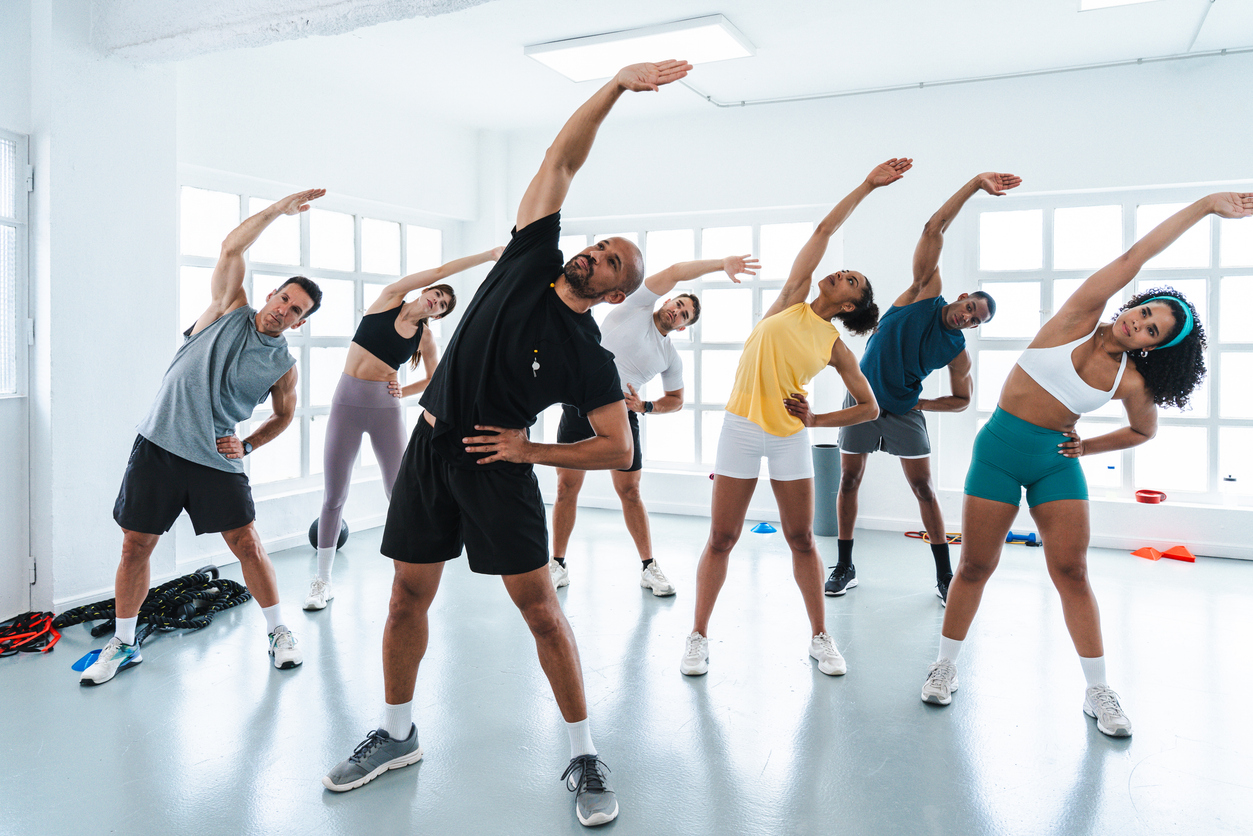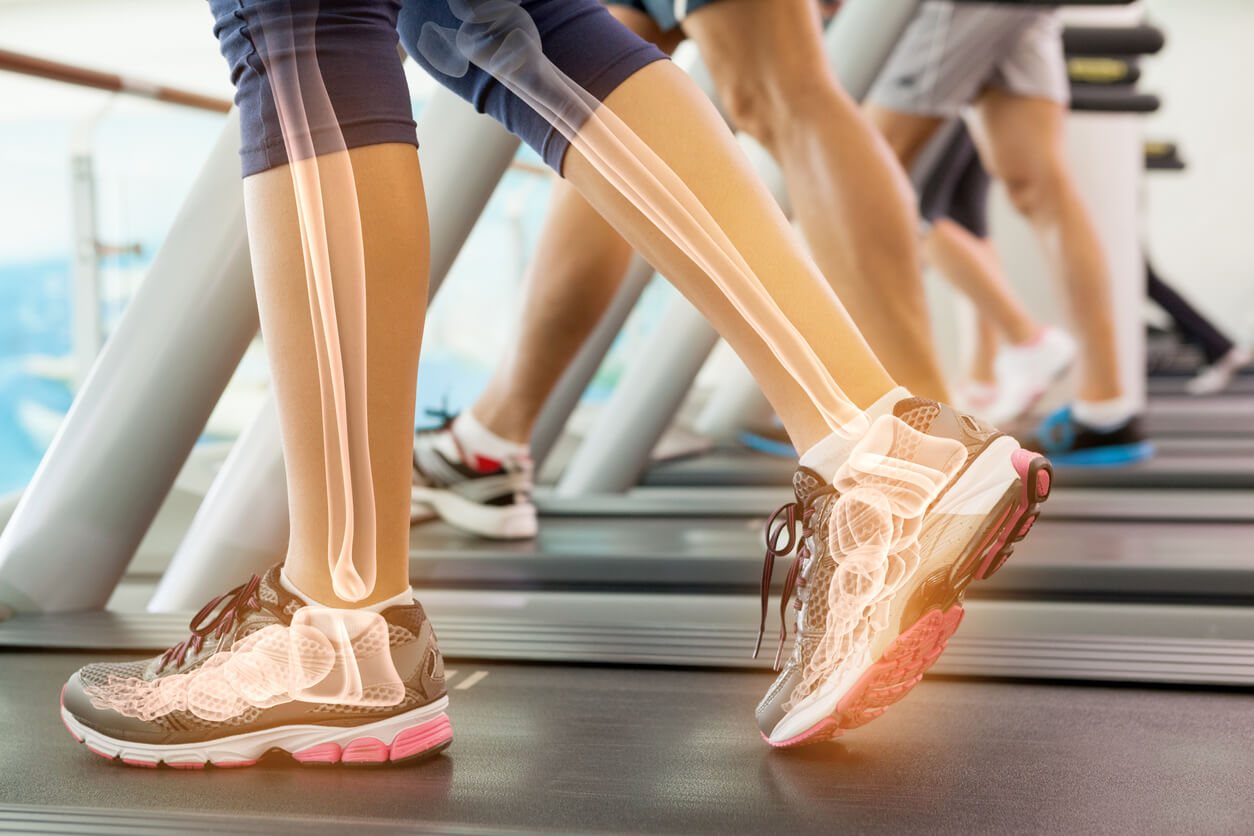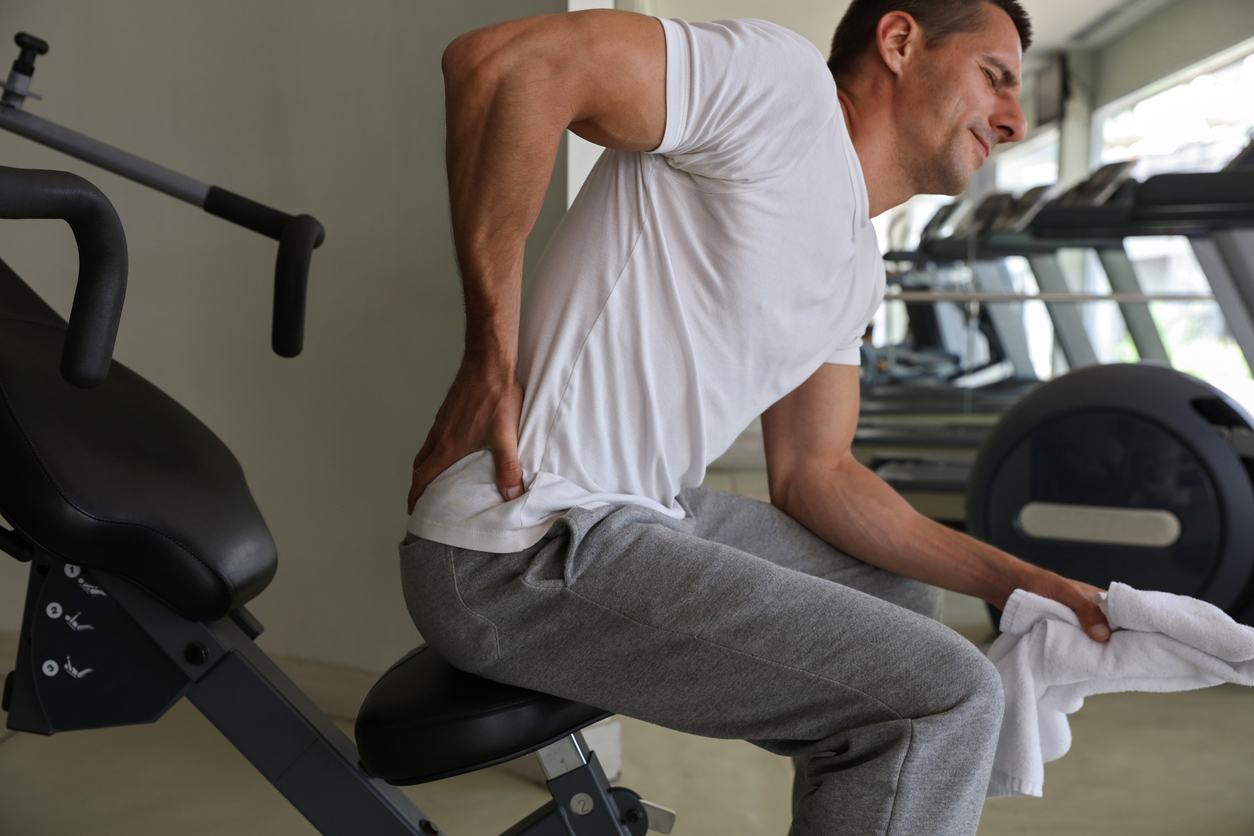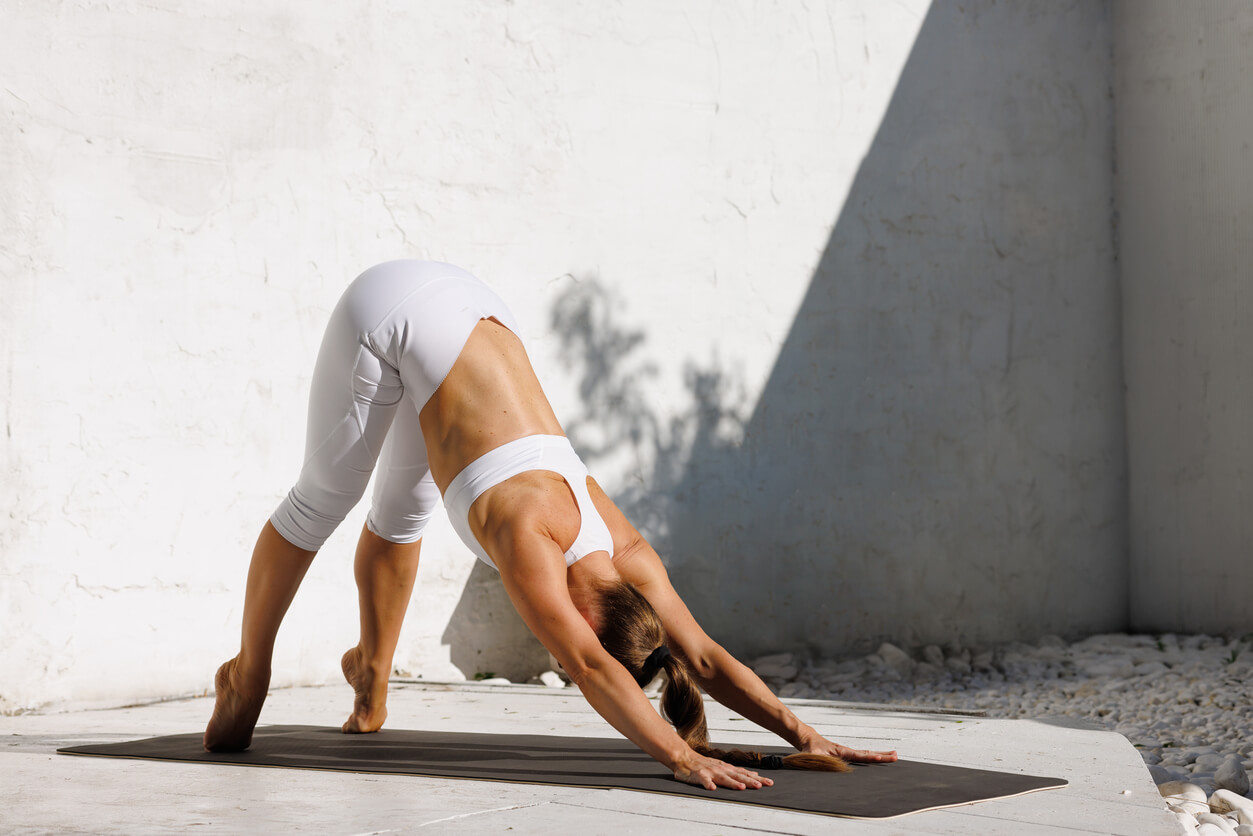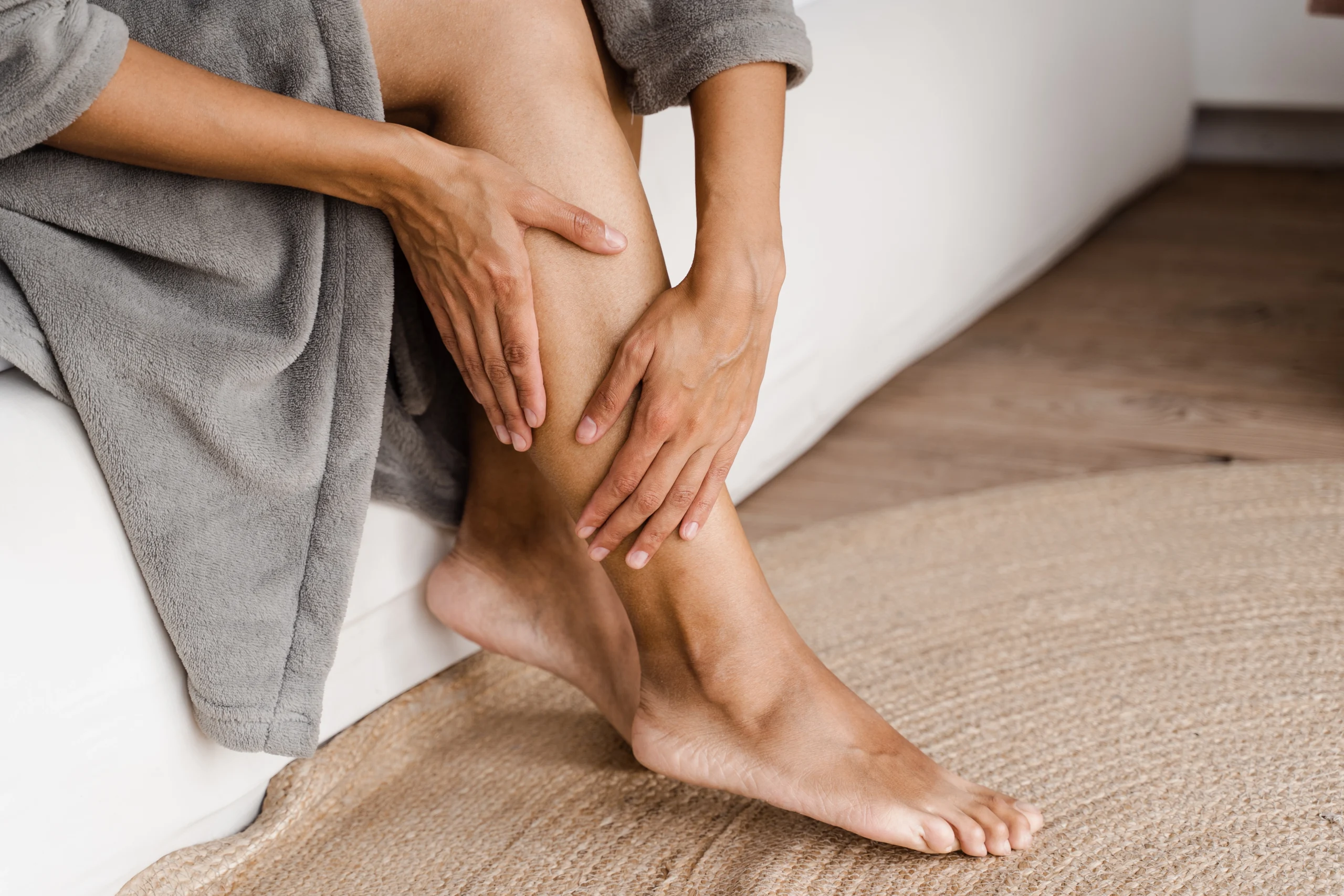Osteoporosis is the most common bone disease, affecting one in three women and one in five men over age 50 globally, according to the International Osteoporosis Foundation. It leads to weak bones and fractures, thereby increasing the risk of further injuries. As we age and lifestyles change, osteoporosis is becoming a significant health concern worldwide.
Despite this, there’s hope. You can take control of your bone health with simple exercises that improve balance, boost muscle strength, and increase bone density. Stay active and reduce your fracture risk. Let’s explore how to strengthen your bones and live your best life.
What Is Osteoporosis?
Osteoporosis is a condition that commonly weakens bones, increasing their likelihood of breaking. Often called the “silent disease,” it typically remains unnoticed until a fracture occurs. Aging, hormonal changes, and poor nutrition are key factors that contribute to this condition. Due to these risks, focusing on bone health and engaging in regular exercise becomes essential.
How Exercise Helps With Osteoporosis
Exercise is a powerful tool in managing osteoporosis and enhancing bone health. Here’s a closer look at how it helps:
- Slows Bone Loss: Engaging in regular physical activity helps slow the natural decline of bone density. This helps keep your bones strong as you age and reduces the risk of fractures.
- Builds Bone Strength: Resistance training exercises, such as lifting weights or using machines, promote the formation of new bone tissue, making your bones more resilient.
- Enhances Muscle Strength: Strengthening muscles with resistance bands and free weights provides essential support to your skeletal structure, helping to reduce stress on bones.
- Improves Balance: Weight-bearing exercises such as brisk walking, stair climbing, or tai chi can greatly improve your balance, reducing the risk of falls.
- Protects Against Fractures: A regular and tailored exercise routine increases bone density and muscle strength, lowering the probability of fractures and keeping you mobile.
The Best Types of Workouts for Osteoporosis
When managing osteoporosis, selecting the right exercises is essential for strengthening bones and muscles.
Weight-Bearing Exercises
Engaging in activities like brisk walking, stair climbing, and dancing helps maintain and even build bone density. These exercises make your bones work against gravity, which is beneficial for bone growth. Adding these into your daily routine can also improve cardiovascular health and enhance endurance.
Muscle Strengthening Exercises
Utilizing resistance bands, free weights, or your own body weight in exercises like squats, lunges, and push-ups is key. These activities target the muscles surrounding your bones, offering support and increasing bone density. They also aid in boosting metabolism and maintaining muscle mass as you age.
Balance and Flexibility Exercises
Practices such as yoga, pilates, and tai chi are integral in enhancing stability and flexibility. By improving balance, these exercises help prevent falls, a major risk factor for fractures in those with osteoporosis. They also promote relaxation and mental wellness, reducing stress levels.
Low-Impact Aerobics
Participating in low-impact classes or following routines at home allows you to stay active without putting excessive strain on your joints. These exercises help raise your heart rate safely, contributing to overall fitness and increasing mobility.
Pilates
Focused on building core strength, improving flexibility, and enhancing posture, Pilates reinforces your abdominal muscles and aligns your spine. This support is essential for those with weakened bones, as it helps maintain proper body mechanics and reduces injury risk.
Swimming and Water Exercises
While not weight-bearing, water exercises support joint health and build muscle without stress. Swimming can improve cardiovascular fitness and offer a refreshing way to exercise safely.
Gym Workout for Osteoporosis: What to Do at the Gym
Adding specific exercises into your gym routine can significantly enhance bone health for those dealing with osteoporosis. Here’s how you can make the most of your time at the gym:
Leg Press and Bench Press
These machine-based exercises are excellent for targeting major muscle groups, such as the thighs, chest, and shoulders, without putting undue stress on the spine. The leg press strengthens the lower body, which is crucial for supporting your weight and improving stability. Similarly, the bench press focuses on upper body muscles, enhancing daily functional activities.
Resistance Exercises
Utilizing resistance bands and free weights is key to building muscle strength. Exercises like bicep curls, tricep extensions, and shoulder presses not only strengthen muscles around your bones but also support joint health. Start with light weights and gradually increase as you build strength and confidence.
Balance Exercises
Enhancing balance is vital in preventing falls. Add balance exercises such as standing on one leg or practicing heel-to-toe walking in different directions. These activities engage core muscles and improve coordination. Adding elements like a soft mat or balance disc can increase difficulty and effectiveness.
Core Strengthening Workouts
Planks, side planks, and seated Russian twists help develop core stability, aiding in better posture and reducing the risk of spinal fractures. Maintaining balance and overall body strength requires a strong core.
Low-Impact Cardio Machines
Use machines such as the elliptical trainer or stationary bike to boost cardiovascular fitness without high impact. These machines offer a way to elevate your heart rate while supporting joint health, making them ideal for those with osteoporosis.
Stretching and Flexibility Exercises
Conclude your workout with stretching to enhance flexibility and alleviate muscle tension. Focus on gentle stretches for the arms, legs, and back to maintain a full range of motion and prevent stiffness.
Creating an Effective and Safe Workout Plan for Osteoporosis
Designing a workout plan for osteoporosis requires care and customization to suit your individual needs. Here’s how to create a program that promotes bone health while ensuring safety:
- Consult a Professional: Begin by partnering with a trusted healthcare provider or physical therapist who specializes in osteoporosis. They can assess and evaluate your fitness level, identify any specific limitations, and help you create a safe and effective exercise routine.
- Focus on Variety: A well-rounded program should incorporate a variety of exercises that target different areas. Include a mix of muscle-strengthening, weight-bearing, and balance exercises. This diversity not only strengthens bones but also supports joint health and overall fitness.
- Monitor Your Posture: Good posture is vital for those with osteoporosis, as it helps prevent unnecessary stress on the spine. Incorporate exercises that focus on core stability, like Pilates or specific core exercises, to strengthen your abdominal and back muscles.
- Avoid High-Risk Movements: Stay clear of high-impact activities and movements that involve twisting or bending sharply, as they might increase fracture risk. Adapt exercises that keep movements controlled and safe.
- Regularly Review and Adapt: Your exercise plan should evolve as your fitness level improves. Regularly consult your healthcare professional to make sure your routine stays effective and meets your needs.
- Protect Your Spine: Avoid exercises that involve excessive twisting, bending forward, or putting undue pressure on your spine. Instead, choose activities that support good posture and spine alignment, such as standing or seated exercises.
- Start Slowly and Progress Gradually: Start with low-impact exercises and light resistance, gradually increasing intensity as your strength improves. This helps in minimizing strain on bones and joints.
- Listen to Your Body: Pay close attention to any signs of discomfort or pain. If something doesn’t feel right, stop immediately and consult a healthcare professional to prevent any issues from worsening.
Sample Weekly Workout Plan for Osteoporosis
Here’s a sample plan to help reinforce bones and boost overall health. This schedule balances activity and rest to keep you strong and safe:
| Day | Activity | Details |
| Monday | Brisk Walking and Resistance Training | Walk for 30 minutes at a steady pace. Then, use light weights or machines for arms, legs, and back, doing 2-3 sets of 8-12 reps to enhance muscle strength and bone health. |
| Tuesday | Rest Day | Rest and recovery to allow muscles and bones to heal and strengthen. |
| Wednesday | Tai Chi & Flexibility Exercises | Join a one-hour Tai Chi class to improve balance and coordination, then spend 15-20 minutes gently stretching your legs, arms, and core to boost flexibility. |
| Thursday | Rest Day / Light Activity | Engage in a light activity like a leisurely walk or gentle yoga to aid recovery. |
| Friday | Weight-Bearing & Ankle Weights Exercises | Stair climbing for 15-20 minutes at a steady pace is a great way to strengthen your legs and boost bone health. To add extra resistance, consider using ankle weights during your daily activities. |
| Saturday | Strengthening with Elastic Exercise Bands | Full-body workout targeting major muscle groups with bands. Perform 2-3 sets of 10-15 reps. |
| Sunday | Rest or Leisure Activity | Engage in a light activity like a gentle yoga or leisurely walk to aid recovery. |
Build Better Bone Health: Call Us Today!
Are you ready to tackle osteoporosis head-on? At Apex Fit, we’re here to help you with a personalized exercise plan that suits your lifestyle and strengthens your bones. Our expert team will guide you to boost muscle strength, enhance balance, and build confidence in everyday activities.
Whether you choose personal training, bionetic exercises, or Functionspan, we have the tools and expertise you need. Don’t let osteoporosis hold you back. Reach out today to begin your journey toward better bone health. Let us work together to keep you active and strong!
